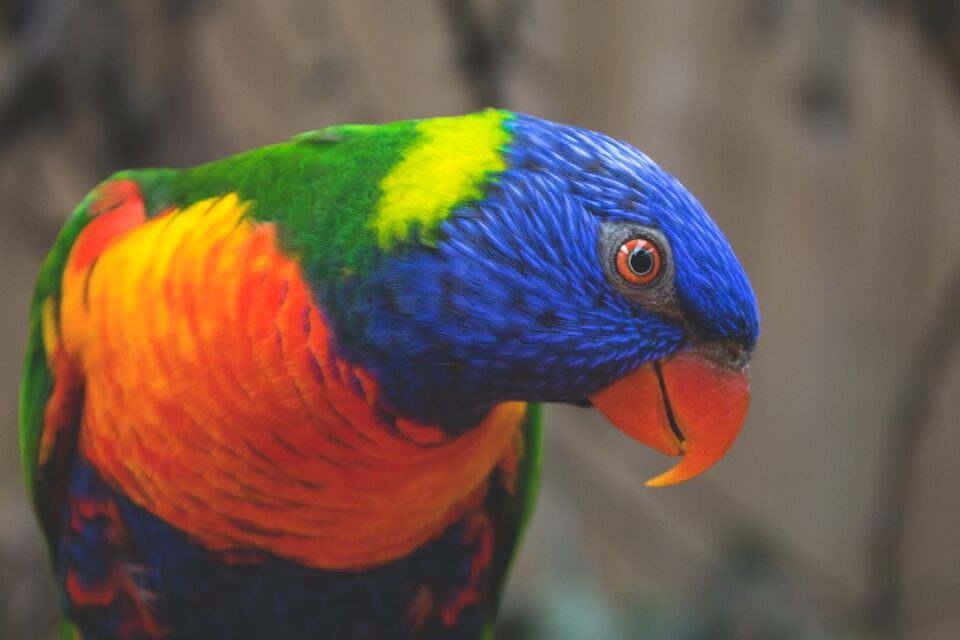The Intricate Relationship between Bees and Flowers: Pollination Explained
When we think of bees and flowers, our minds often jump to images of idyllic meadows filled with buzzing bees, fluttering from one colorful blossom to another. This picturesque scene illustrates the intricate relationship between bees and flowers, known as pollination. In this blog post, we will delve into the fascinating world of pollination, exploring the important role bees play in the process, and how flowers have evolved to attract these crucial pollinators.
Pollination, in simple terms, refers to the transfer of pollen from the male reproductive organ of a flower, called the anther, to the female reproductive organ, known as the stigma. This transfer facilitates fertilization, leading to the production of seeds and fruits. While there are various mechanisms of pollination, the relationship between bees and flowers is perhaps the most well-known and vital.
Bees, with their remarkable ability to fly and their specialized body structures, are perfectly adapted for the task of pollination. As they visit flowers in search of nectar, they inadvertently collect pollen grains on their bodies. These tiny grains stick to the bee’s hairy legs and body, as well as to the bristles known as “scopa” located on their hind legs, effectively turning them into efficient pollen carriers.
It is fascinating to note that bees have developed specific preferences when it comes to the flowers they visit, a behavior known as flower constancy. This means that once a bee discovers a rich source of nectar or pollen in a particular flower, it will continue to visit the same species rather than randomly switching between flowers. This ensures that the pollen collected is more likely to be transferred to flowers of the same species, increasing the chances of successful pollination.
Flowers, on the other hand, have evolved numerous remarkable adaptations to attract bees and optimize the chances of pollination. One of the most notable features is the vibrant and diverse array of colors. Bees are particularly drawn to flowers that are yellow, blue, or purple, as they can perceive these colors more easily. These colorful petals act as beacons, guiding bees towards the flower’s nectar and pollen-rich rewards.
Another important feature is the production of sweet nectar, which acts as a lure for bees. Nectar serves as a valuable energy source for bees, providing them with the fuel needed for their demanding flight and daily activities. In return for this food source, bees unknowingly pick up and carry pollen from the flower to flower, playing a crucial role in the reproductive cycle of flowering plants.
Furthermore, the structure of the flower itself plays a significant role in attracting bees. Many flowers have evolved intricate shapes and unique structures that entice specific bee species. Some flowers, for example, have long, tubular corollas that only certain types of bees can access, ensuring that the pollen is transferred to the appropriate pollinators. The scent of flowers also plays a critical role, as bees are known to have a highly developed sense of smell, enabling them to detect and seek out the floral scents associated with nectar-producing flowers.
It is important to note that this relationship between bees and flowers goes beyond their immediate survival and reproduction. Pollination carried out by bees is vital for the diversity and abundance of plant species, ultimately supporting the entire ecosystem. Approximately 75% of globally important food crops rely on pollinators like bees, making their role in agricultural productivity and food security invaluable.
However, despite their crucial role, bees and other pollinators face numerous challenges. Climate change, habitat loss, pesticide use, and diseases are some of the factors that contribute to their decline. The loss of pollinators poses a significant threat to biodiversity and food production, highlighting the need for conservation and sustainable practices to protect these vital creatures.
In conclusion, the intricate relationship between bees and flowers is a testament to the wonders of nature’s interconnectedness. Through millions of years of coevolution, bees and flowers have developed a symbiotic relationship, benefiting each other in their quest for survival. By understanding and appreciating this relationship, we can contribute to the preservation of these vital pollinators and the stunning biodiversity they support.


